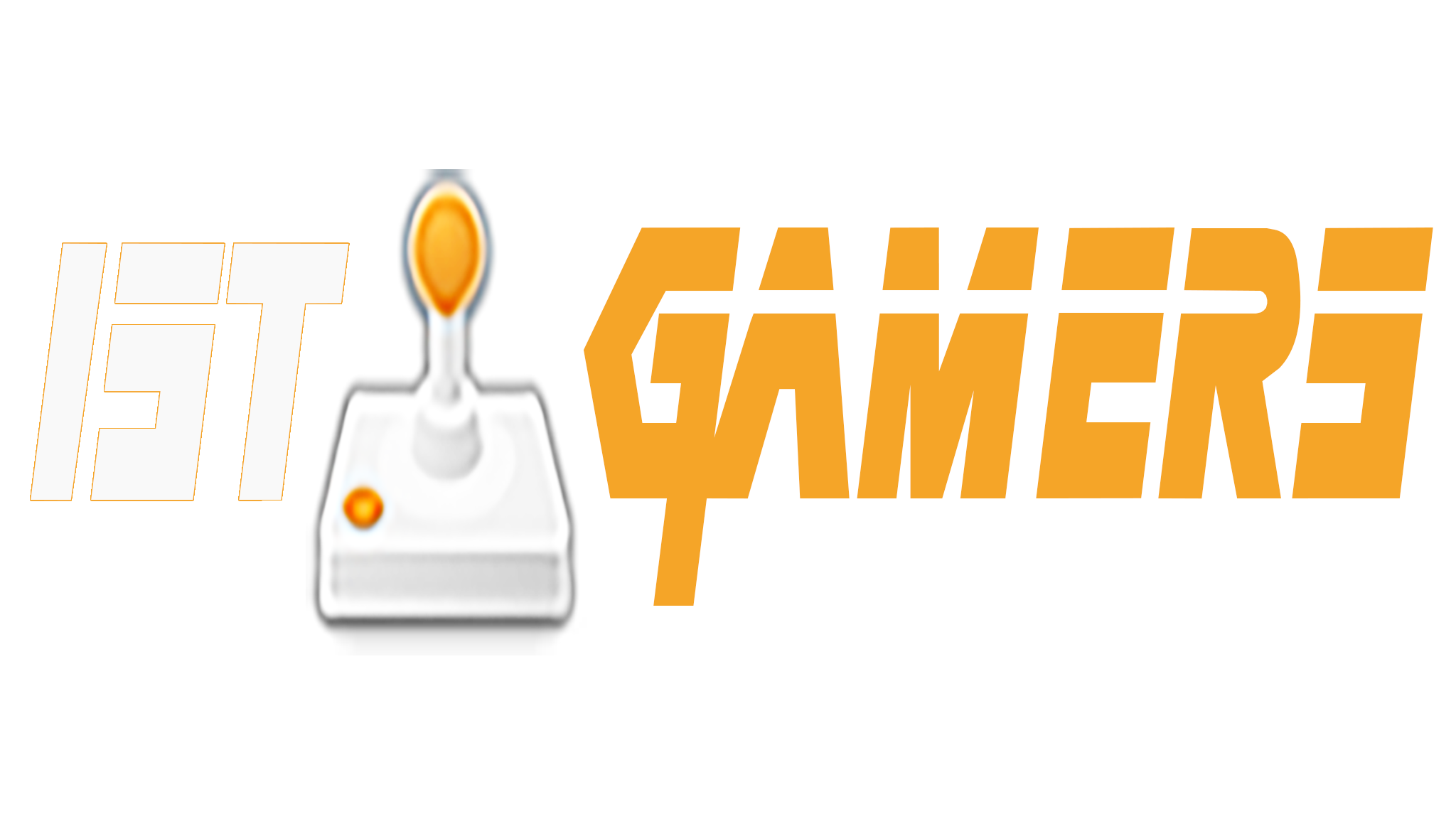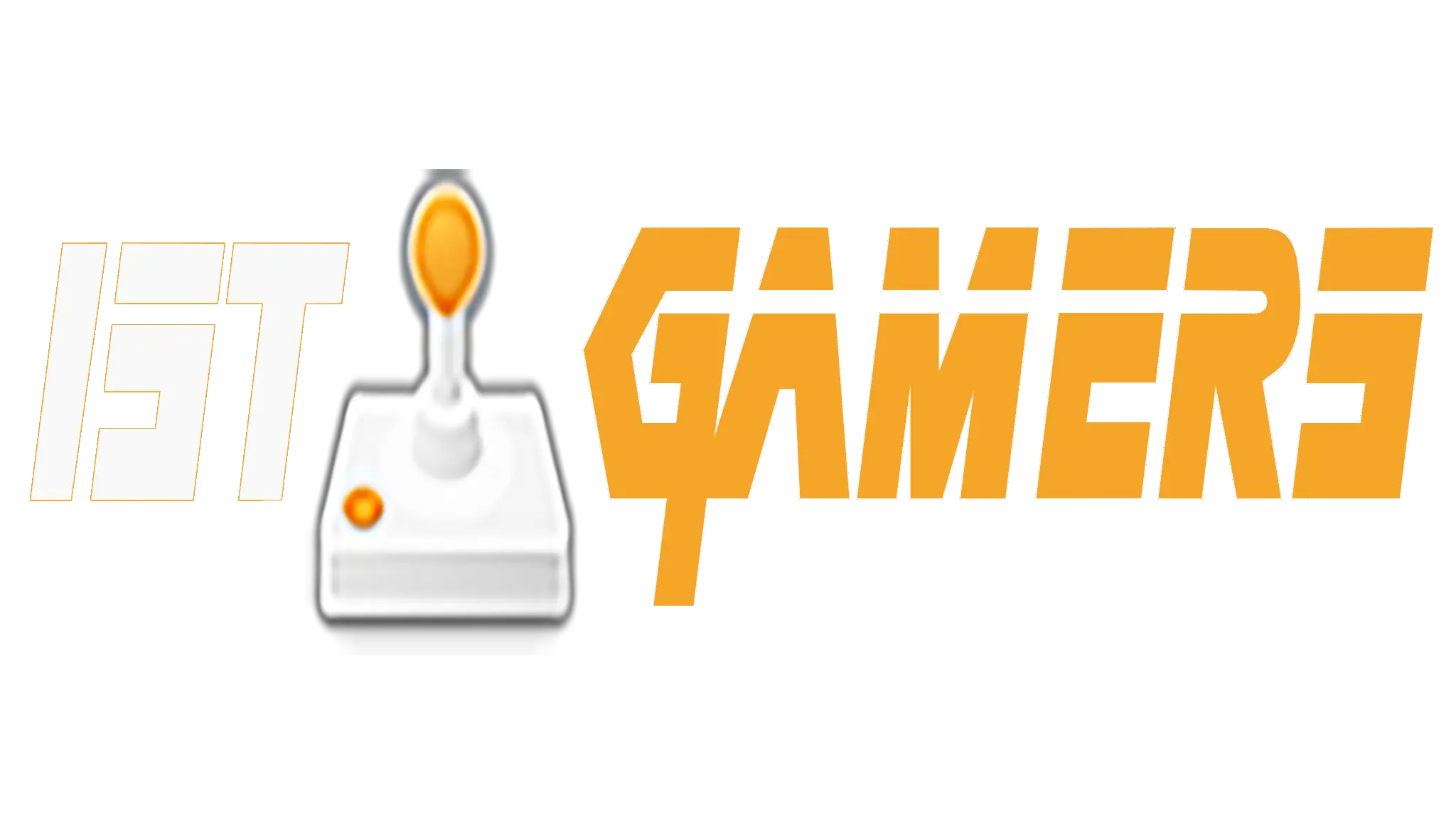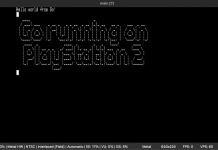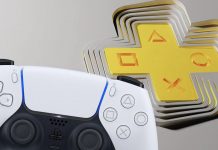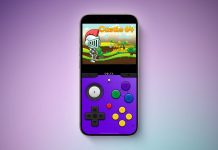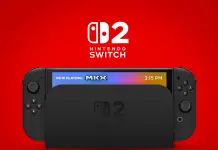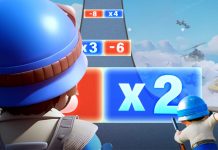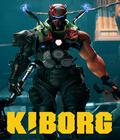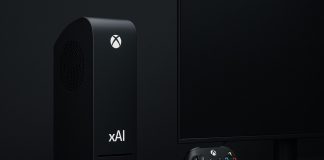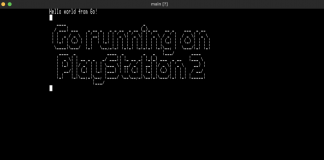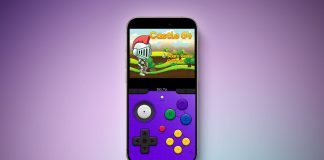There’s an almost deceptive simplicity to a lot of arcade classics, like Breakout, especially when you compare them to modern gaming experiences. There might be a single goal, limited gameplay, and not much else. However, at the core of classic arcade games, especially the ones that have stood the test of time, is a distillation of an appealing gameplay loop that remains satisfying over the years. With games like this, it can be both difficult to see the genius in the game design while also hard to see where the game can go next.

Breakout Beyond is the newest addition to the category of games like the glorious Pac-Man Championship Edition, which seeks to give a classic arcade game new life on modern consoles. Breakout Beyond is the Breakout you’ve all played in one form or another, but with a few notable differences. The most obvious of these being that instead of using your paddle and ball to break blocks at the top of the screen you are hitting them to the side. At first it’s a change that’s a bit disorienting, making Breakout Beyond feel like a mix of Breakout and Pong, but one that works. The other, bigger change is increased control of the ball, where moving your paddle at the right time can give your ball some spin, changing the trajectory. I never felt like I was good enough to take full advantage of this, but it makes me want to see high level gameplay of Breakout Beyond, as I felt while playing that a truly skilled player could make this almost beautiful. There’s also a speed up button for your paddle and a button to slow down time, at expense to your score.
That slow down time mechanic was needed because, as it turns out, the game was surprisingly difficult! I never considered Breakout to be an especially tricky game, but throughout the 72 main levels I found myself at times struggling, with the various in-level upgrade blocks like one that gives you a multiball or an extra barrier being only a small help to the fast-paced gameplay. I was pleasantly surprised by the level of difficulty. The focus mode button helps, but it was really satisfying to not use it and to surpass a particularly tricky level.
One of the most satisfying aspects of Breakout Beyond is its presentation. The screen is largely black and with a CRT filter over it, but there are visual effects that look pretty fantastic. The whole thing has a retro appeal to it but with modern technology, which is really visually appealing. When you manage to get a good combo going or a few of the special blocks provide a chain reaction the spectable of it is very satisfying to watch. The sound is also a big part of Breakout Beyond being so captivating. The sound of hitting the ball is very reminiscent to that of a tennis ball, and also adds to the enjoyment when you rack up a good combo. The music compliments these audio effects very well, too.

The core gameplay in Breakout Beyond is great, but I wish it would go beyond in terms of content and options. There are 72 levels and, after that, an endless mode with a leaderboard, but why is the endless mode gated behind the levels? Why is there a leaderboard only for the endless mode, when it would be fun to see how far other players could take each level? I don’t want to get bogged down in comparisons to other games, but having played the fantastic Tetris Forever earlier this year it makes me want to see some other modes or extras, perhaps adding in the original arcade version of Breakout or even the Atari 2600 version.
These few wishes aside, I really enjoyed my time with Breakout Beyond and I know I”ll return from time to time to play more. While I do wish there were some more modes or options, at the end of the day this shows the simple genius of an arcade classic very well.
